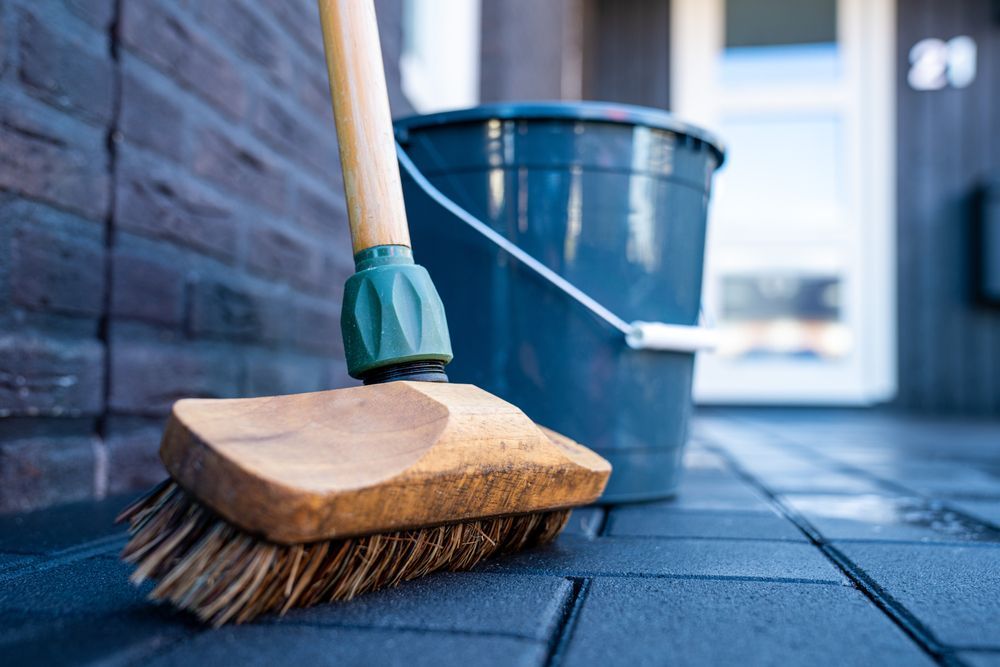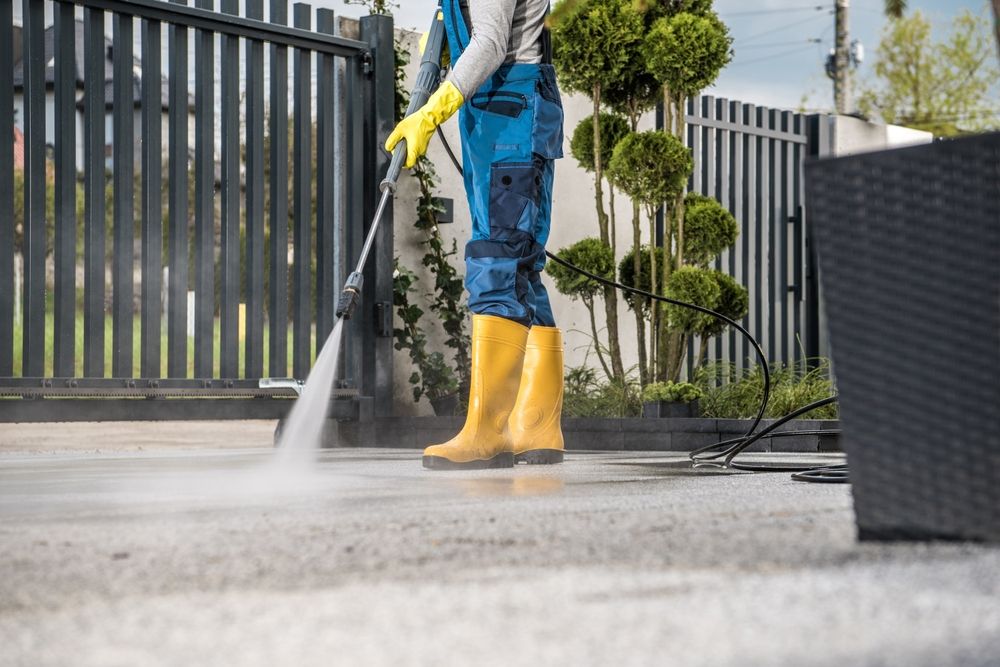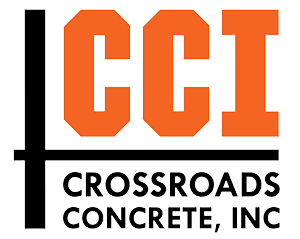How to Properly Clean a Concrete Driveway
Share this Article:
A clean concrete driveway adds to the look of your home and helps protect your investment. Over time, it’s normal to see stains, dirt buildup, or patches of mold. These problems take away from the appearance and can slowly wear down the surface if left untreated.
Crossroads Concrete has worked with homeowners across central Illinois for nearly two decades, and we’ve seen the difference proper care can make. Driveways take on a lot of wear, but with the right approach, you can keep yours in solid shape. Regular cleaning helps it last longer and keeps the front of your home looking clean and well-kept.
Why Clean Your Concrete Driveway?
Concrete driveways are built to last, but they still need attention over time. Dirt, oil, road salt, and debris can break down the surface. If these materials sit too long, they can lead to permanent stains or even surface damage.
A consistent cleaning routine helps protect the concrete and keeps it looking fresh. Mold and algae also grow in shaded or damp spots. Not only do they look bad, but they can also become slippery and unsafe.
Cleaning your
residential concrete driveway helps you avoid early
repairs and shows pride in your home from the moment someone pulls up.
What You’ll Need to Get Started
Before you begin, gather the right tools and cleaners based on your driveway’s condition. For general cleaning, you’ll need a stiff-bristle broom or brush, a garden hose with a spray nozzle, and a bucket. Choose a cleaner made for concrete. Skip harsh chemicals that could damage the surface or nearby plants.
For tougher stains like oil or rust, grab a degreaser or rust remover that’s safe for concrete. A shop vacuum helps if you're dealing with a lot of dry debris. If you're using a pressure washer, make sure it’s rated for concrete. Start simple, then adjust based on how dirty the surface is.

If this is part of a DIY concrete maintenance routine, starting with the right tools makes the job smoother and helps avoid damage.
How to Clean Your Concrete Driveway
Start by clearing the surface. Sweep off leaves, dirt, and loose debris. Rinse the driveway with a hose to loosen grime. Apply your concrete-safe cleaner according to the instructions, working in smaller sections.
Scrub the surface with a stiff-bristle brush. Let the cleaner sit for the recommended time, then rinse it thoroughly. Work in overlapping lines to avoid streaks.
If parts of the driveway still look dull or stained, go over those areas again. A second scrub or a stronger cleaner may help. Once it looks clean, give it time to dry before walking or parking on it.
Removing Oil and Grease Stains
Oil and grease stains are common where vehicles are parked. These stains soak deep into the concrete, so the sooner you act, the better. Start by blotting up fresh oil using rags or paper towels. Press gently to absorb, don’t rub.
Sprinkle baking soda, sawdust, or kitty litter on the spot to pull out more oil. Let it sit for a few hours, then sweep it up. Apply a concrete-safe degreaser and scrub it in using a stiff brush. Let it sit, then rinse thoroughly.
Older stains may take a few rounds to fully fade, but they can often be improved with patience and repeated cleaning.
Dealing With Rust, Dirt, and Mold
Rust stains often come from metal tools, patio furniture, or sprinkler systems. Use a rust remover made for concrete and apply it directly to the stain. Scrub with a stiff brush, let it sit, then rinse it well. Avoid harsh acids that can damage the surface.
For general dirt, a concrete cleaner and brush usually do the job. Work in small areas and rinse completely. For mold or mildew, use a cleaner that targets organic growth. These patches can become slippery and should be cleaned regularly for both safety and appearance.
Let the surface dry fully before placing anything back on the driveway or near the
garage.
What to Do About Paint Spills
Paint can be hard to remove from concrete, especially if it dries. If the spill is still wet, blot it up without spreading it around. For dried paint, use a plastic scraper to lift off what you can.
Next, apply a paint remover that’s safe for concrete. Follow the directions on the label, let it work, then scrub and rinse the area. Larger or older spills might need a second round.
Avoid metal brushes or sharp tools. They can scratch the surface. Take your time; slow, careful work tends to give better results.
Should You Use a Power Washer?

A power washer can be effective for deep cleaning a concrete driveway, but it needs to be used carefully. Too much pressure can cause damage, especially on older or worn concrete. Stick to a setting between 2500 and 3000 PSI and use a wide spray tip.
Start a few feet away from the surface and move in steady, overlapping lines. Keep the nozzle at the same distance to avoid streaks or rough patches.
Power washing works well for surface dirt and mildew, but deeper stains like oil or paint usually need spot treatment with the right cleaner.
The Benefits of Sealing Your Concrete
Once your driveway is clean, sealing it helps protect against future damage. Sealers block out moisture, salt, oil, and other surface threats that wear down concrete over time.
Some sealers leave a natural look, while others add a slight gloss. A sealed driveway is also easier to clean since spills don’t soak in as fast.
Apply the sealer when the surface is completely dry and the weather is mild. Reapplying every few years keeps your concrete in good shape and looking fresh.
Thinking About Replacing Your Driveway?
If your driveway has deep cracks, crumbling spots, or uneven sections, cleaning alone may not be enough. These are signs that it’s time to consider full replacement.
Crossroads Concrete installs durable, long-lasting driveways for homeowners across central Illinois. We take the time to do it right and make sure it fits your space and goals.
Call us or request an estimate through our website to get started.
